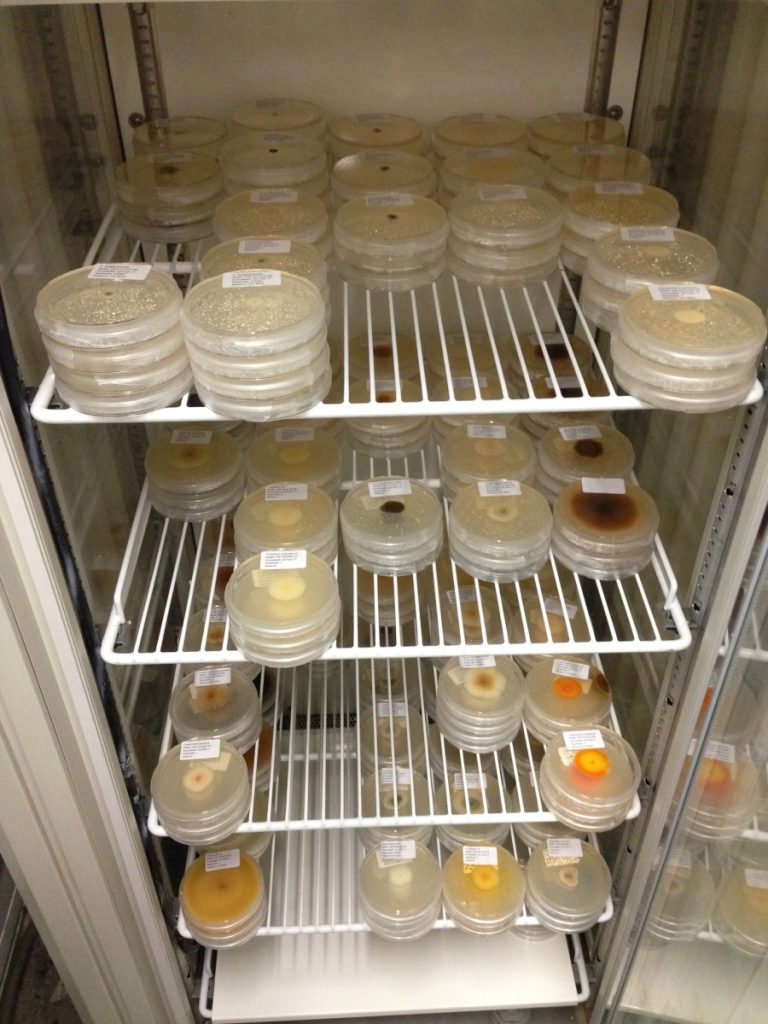In this post, Patrick Baudy reports on his recently published paper “Fungal-fungal and fungal-bacterial interactions in aquatic decomposer communities: bacteria promote fungal diversity”.
Aquatic hyphomycetes (AHs; Figure 1) are a group of saprotrophic fungi. They are specialized to colonize and decompose submerged leaf litter in running waters. Through their activity, other organism groups can access leaf-bound energy and nutrients. Therefore, AHs play a key role in streams shaped by allochthonous leaf litter inputs (Figure 2). They also serve as bioindicators for anthropogenic stress. Despite their ecological importance, little is known about interactions between aquatic hyphomycete communities and between aquatic hyphomycetes and other naturally abundant microbial groups (e.g., bacteria). There is also very little information about the resultant implications for ecosystem functioning (i.e., biodiversity-ecosystem functioning relationships).


Researchers at University of Koblenz-Landau conducted a microcosm experiment with AHs. In their experiment, aquatic hyphomycete diversity and the presence or absence of bacteria were manipulated (Figure 3). After 14 days of incubation, leaf decomposition, fungal biomass and community composition were analyzed via bacterial cell counts. Recently, qPCR assays specific to the used aquatic hyphomycete species were also developed.

Results showed that leaf decomposition efficiency in mixed cultures could be explained using biomass of the aquatic hyphomycetes and bacteria. This implies that leaf decomposition is the result of the additive activity of the community members. Manner of colonization of leaves in cultures was characterized by pronounced interactions. These interactions were determined by genetic divergence of the involved aquatic hyphomycete species. Surprisingly, in absence of bacteria, these interactions were predominantly antagonistic (competitive). This implies that leaves were less successfully colonized in mixed cultures than expected based on observations in monocultures. Surprisingly, these interactions were suddenly synergistic (complementary) in the presence of bacteria. This means that leaf colonization was stimulated by aquatic hyphomycete diversity. Accordingly, the presence of other microbial groups such as bacteria may induce new fungal diversity-based feedback loops. This can result in coexistence of aquatic hyphomycete species.
The paper was authored by Patrick Baudy, Jochen P. Zubrod, Marco Konschak, Sara Kolbenschlag, Annika Pollitt, Christiane Baschien, Ralf Schulz and Mirco Bundschuh, and published open access in Ecology.
